


Because it`s Your Home or Business!
The SpaceX Starlink satellite internet system is very easy to set up for plenty of people, but there are 100+ reasons why someone would not be able to install the system correctly on their South Georgia-North Florida property? Here`s a short list of thoughts for you.
*How will you route the cable into your home or office?
*Will you need more cable than comes with the system?
*Will you need to cut the cable?
*Where do you drill holes in your house?
What in the world is Starlink?
Starlink is a satellite internet constellation operated by SpaceX providing satellite Internet access to areas that are unable to receive it otherwise. Starlink has multiple small satellites in low Earth orbit (known as a constellation), transmitting signals to more than 14 countries, in cities and rural areas. Starlink aims to be a global satellite internet provider by offering faster speeds, lower instances of latency, and increased availability.
With their technological advancements, Starlink satellites are over 60 times closer to Earth than traditional satellites. This results in an increased ability to support services typically not possible with traditional satellite internet. Places like the North Pole could someday have internet connectivity.
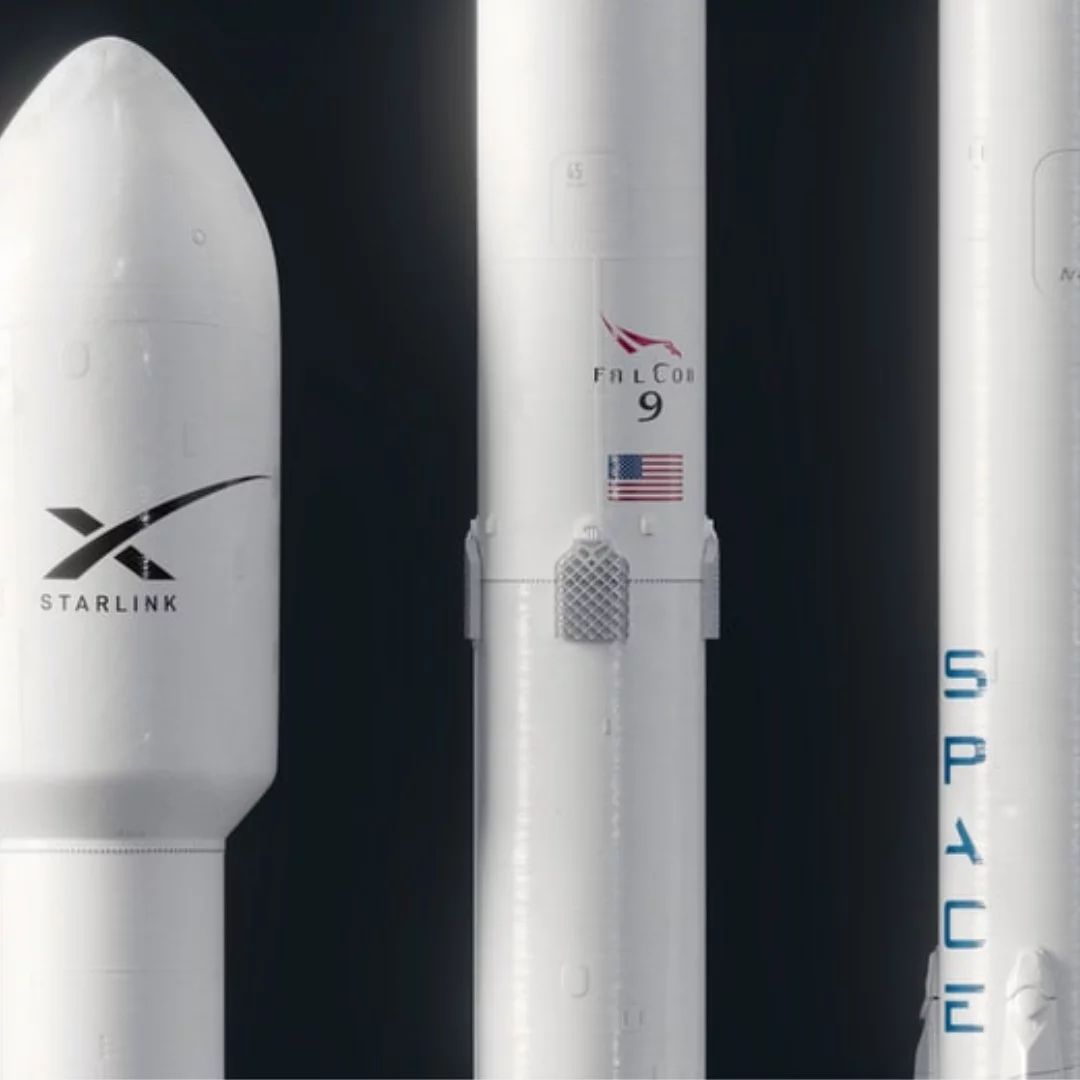
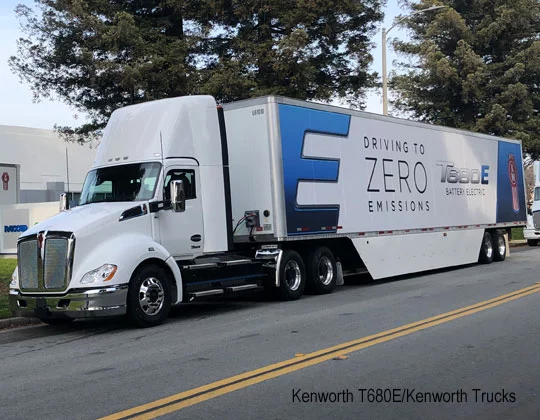
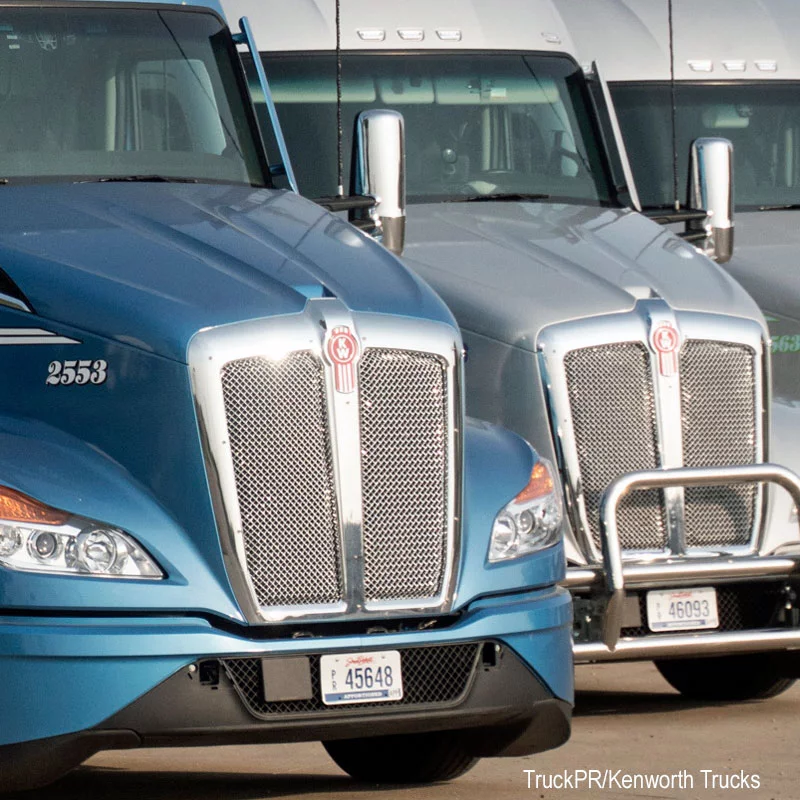



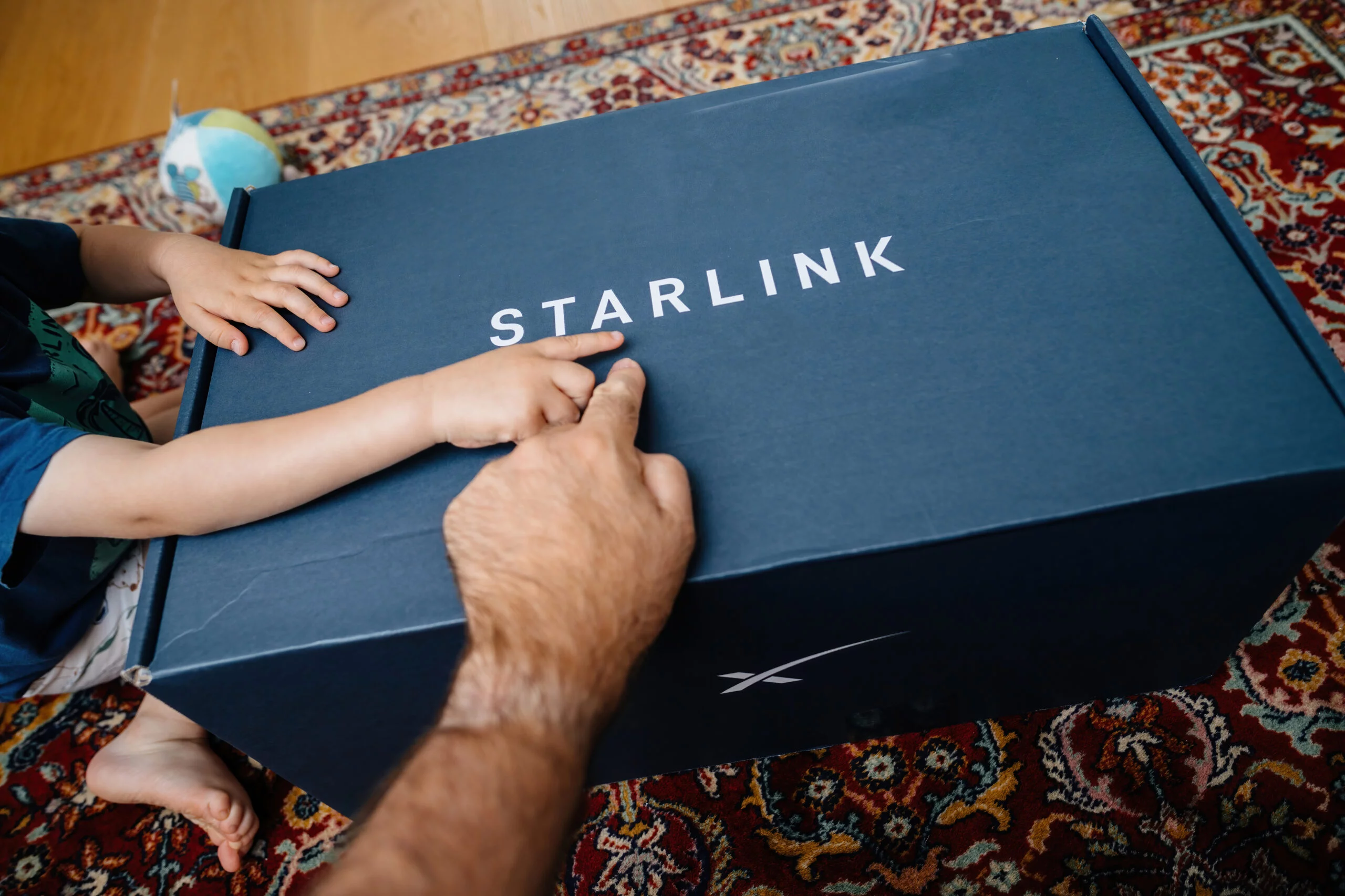
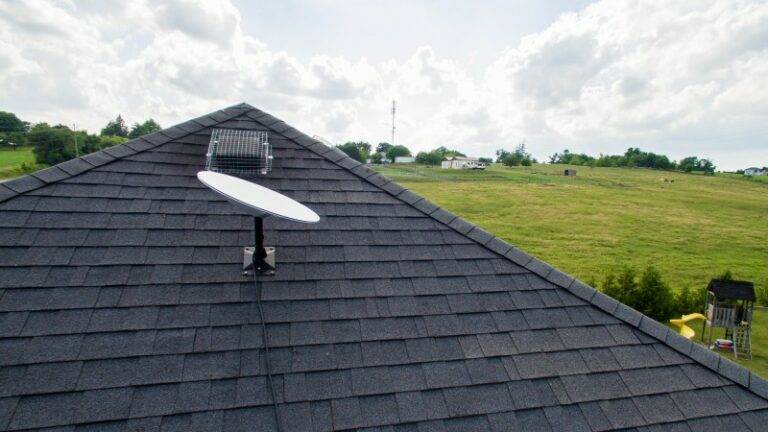


As of right now the coverage areas for the Starlink system is limited to how many users it can handle in any given area. Saying that, they are taking and processing orders in the order that they come in. So don`t get left out of space! It`s the future baby! You can`t stop progress!

Amazon has everything you would ever need to do the Starlink install yourself if you so choose to. They have mounts cable, tools, accessories, fasteners, sealants, WiFi range extenders, Laptops and tablets. Heck they have pretty much everything.

Check out the latest discussions on the status of SpaceX and the super anticipated Starlink satellite internet service. Find out how others are living with the system. Speed talk. Installation topics. The experience of others will surely help out in your decision to purchase the service